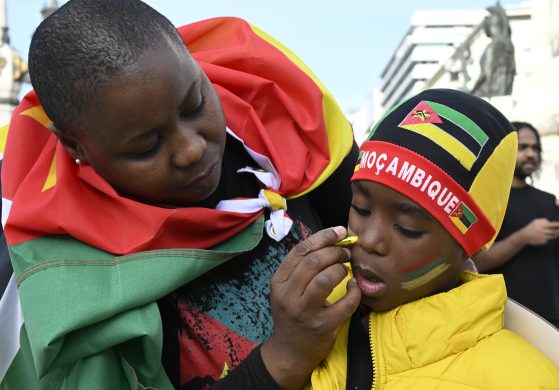World Bank Board approves grant to support Forest Conservation in the DR Congo
WASHINGTON DC, 2 April, 2009: The World Bank has approved 70 million US dollar in grants to increase the capacity of the government and other stakeholders to manage forests sustainably and equitably for multiple uses in pilot areas of the DR Congo (former Zaire.
The International Development Association (IDA) – the banks soft loan arm – is providing a 64 million dollar grant and a further 6 million is being provided by the Global Environment Facility (GEF).
This project is the main vehicle through which the World Bank will support the DR Congos National Forest and Nature Conservation Program, a 250 million dollar multi-donor program developed by the government and supported by a coalition of donors.
Those include the EU, the USA, the UK, Belgium, France, Germany, Luxembourg, the Netherlands, Norway, Spain, Sweden, the African Development Bank, GEF/UNDP and UNEP as well as by efforts financed through voluntary contributions to national and international NGOs.
DR Congos forests represent the second largest bloc of tropical forest in the world, and are critical to the livelihood of about 40 million Congolese, providing food, medicine, domestic energy, building materials and income.
The forests play a vital role in regulating the global environment and harbor much unique biodiversity. Five natural World Heritage Sites are in DR Congo, more than the rest of Africa combined.
The project follows the completion of a thorough legal review of forest logging contracts in the country, which led to the cancellation of the vast majority of them, and opened the path to a more transparent, participatory and sustainable use of forest resources.
It has three main components: strengthening the governments institutional capacity to manage forests and pursue institutional reforms, develop community participation in forest management and implementing the projects environmental, social and safeguard plans, and developing the governments ability to manage protected areas (specifically rehabilitation of the Maiko National Park).
The main project areas are located in the Equator, Bandundu and Oriental Provinces, encompass the highest concentration of rainforests in DR Congo, and cover a wide range of issues and challenges DR Congo faces nationally and regionally related to the managing and conserving its forests.
In these areas, the Government will work with national and international NGOs and local communities to manage forest lands sustainably, according to shared principles and in compliance with prevailing regulations, testing innovative conservation, production and community-based forest management models that benefit forest and indigenous populations, local and national economies and the global environment.
– This program is an integral part of the GEF’s long-term strategy to bolster sustainable forest management practices in a region that is a unique reservoir of plant and animal diversity, said Monique Barbut, CEO and Chairperson of the GEF.
– We support this country-driven approach that will help secure carbon assets in a way that reduces greenhouse gas emissions and generates green jobs, added she.
Consultations on this project started in 2007, and involved information sessions in all provinces and in-depth consultations in the Orientale, Bandundu and Equator Provinces where the project will concentrate.
All consultations were carried out in collaboration with networks or national NGOs. Specific sessions were held with the population at large and with indigenous (Pygmy) populations.
GEF:
The GEF unites 178 countries in partnership with international institutions, non-governmental organizations (NGOs), and the private sector to address global environmental issues while supporting national sustainable development initiatives.
Today the GEF is the largest funder of projects to improve the global environment. The GEF provides grants for projects related to biodiversity, climate change, international waters, land degradation, the ozone layer, and persistent organic pollutants.
Since 1991, GEF has achieved a strong track record with developing countries and countries with economies in transition, providing 8,3 billion dollar in grants and leveraging 33,7 billion in co-financing for over 2.200 projects in over 165 countries.
For more information visit http://www.worldbank.org/afr/forestry
Kilde: Verdensbankens website















